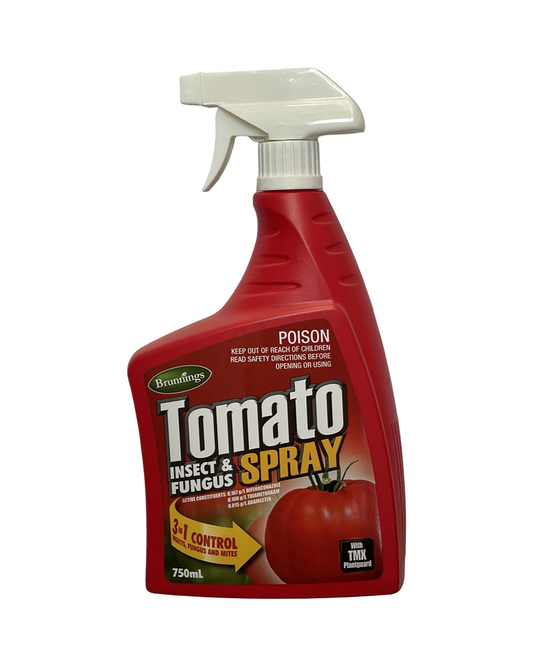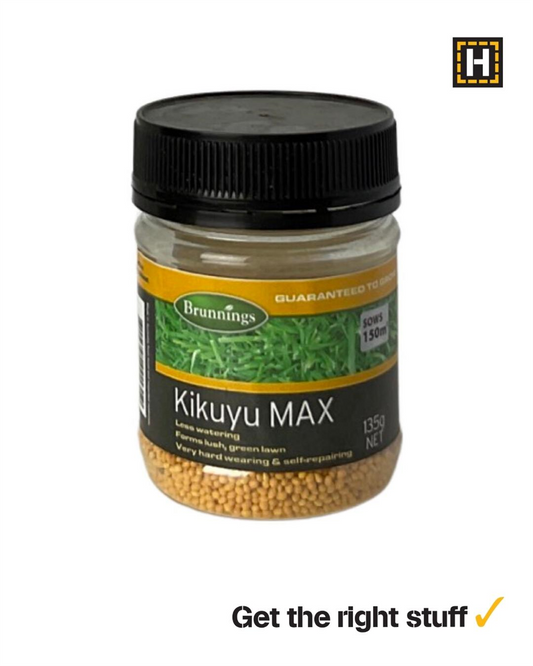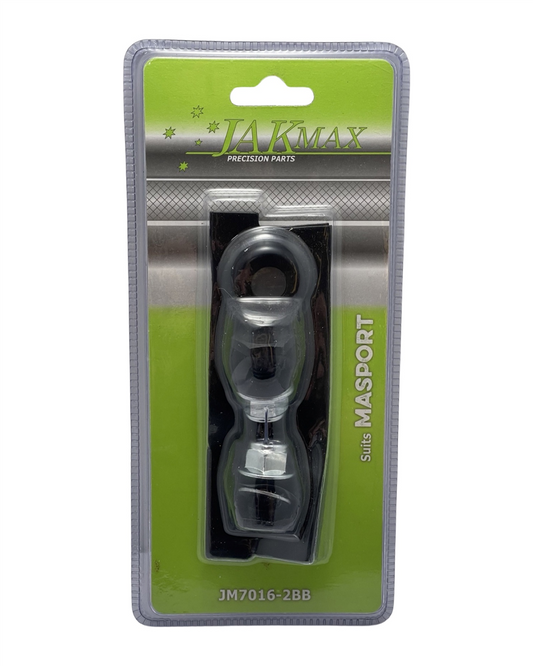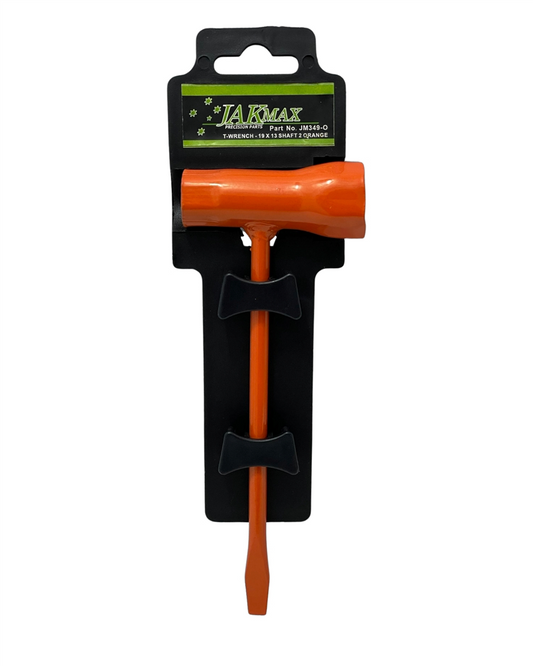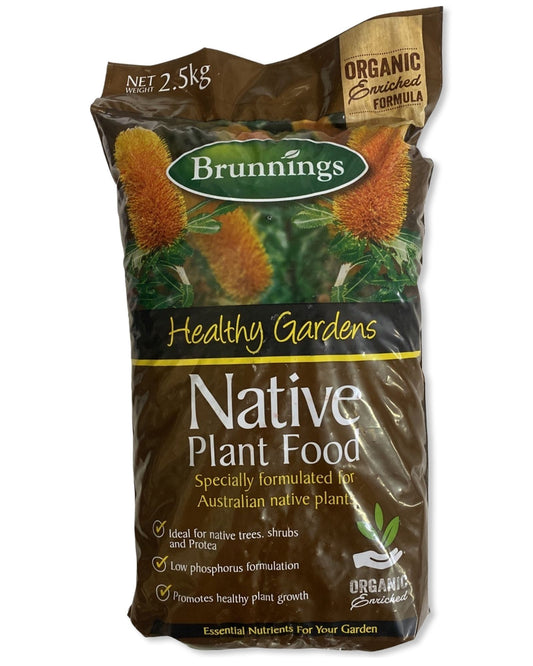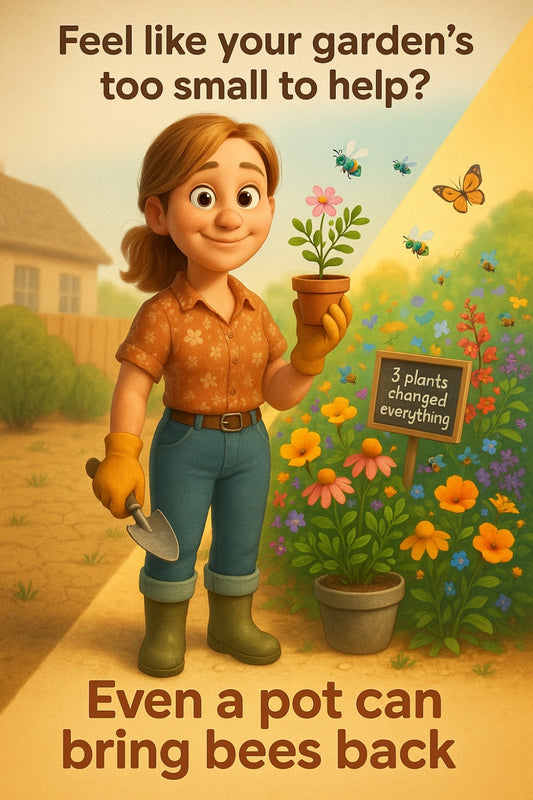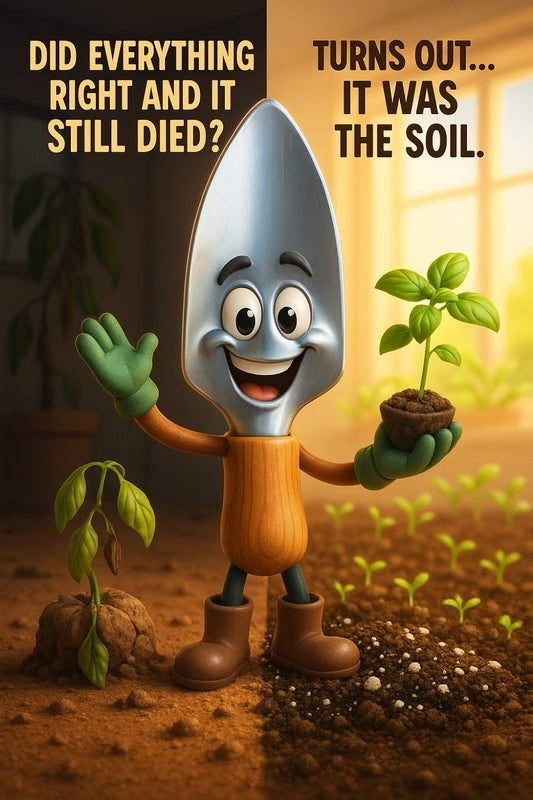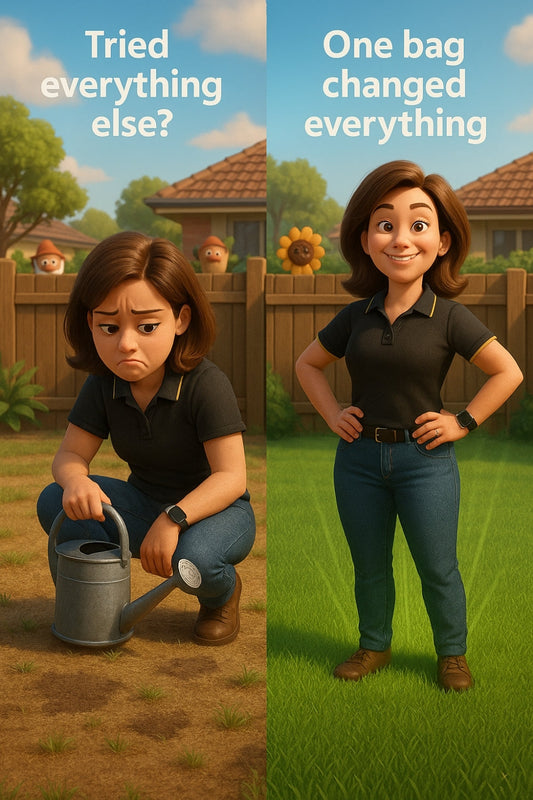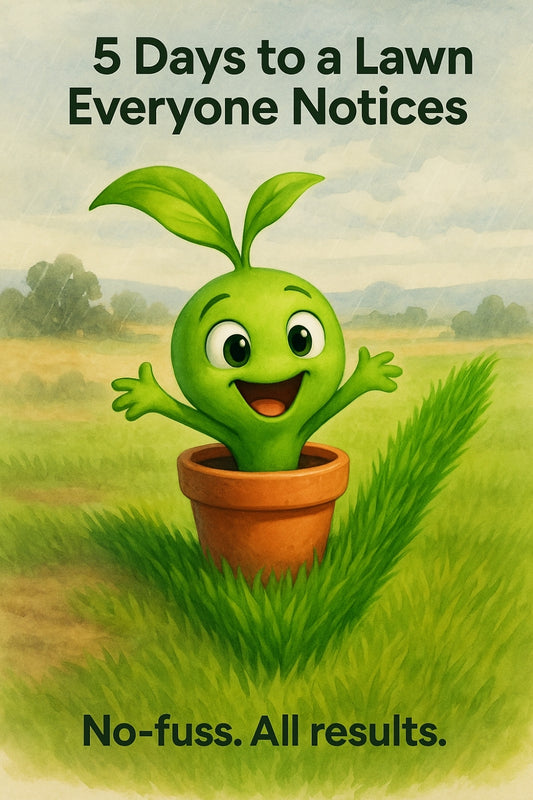Setting up dripper irrigation; a beginner's guide
Share

Let’s have a little chat about your garden, shall we? Watering by hand might sound romantic—early mornings with coffee in one hand and a garden hose in the other—but let’s be real. Who’s got the time for all that? Whether you’re growing tomatoes that you swear are sweeter than store-bought or you’re keeping roses in bloom, dripper irrigation is about to change your gardening life.
What’s Dripper Irrigation, Anyway?
Think of it as the VIP treatment for your plants. Dripper irrigation provides a slow and steady drink of water directly to the roots of your beauties. It’s like serving them the perfect cocktail: no spills, no waste, just exactly what they need. Plus, it’s super efficient—saving water, time, and keeping those sneaky weeds at bay.
What You’ll Need to Begin
Before you throw yourself into this project like an overexcited DIYer, here’s what you’ll need to pick up:
- Drippers: Choose from small emitters or adjustable ones, depending on the thirsty needs of your plants.
- Poly Tubing: The backbone of your system. This is what carries the water to the drippers.
- Connectors: Little gadgets that join everything together and make it all look seamless.
- Plug-in Timer (optional): If you’re raring to earn extra convenience points, get one of these to automate watering times.
- Stakes: Secures those pesky tubes in place.
- Filter: A knight in shining armor for your irrigation system to keep dirt and debris out.
Pop by Strathalbyn H Hardware for everything on this list. You’ll get all the bits you need and expert advice to go with it!
How to Set It All Up
Step 1: Plan Your Layout
Grab a pencil and dream big. Map out where your plants are, how many drippers you’ll need, and how long your tubing should be. Work smarter, not harder—group plants with similar water needs together.
Step 2: Measure and Cut
Once you’ve got the layout sorted, cut your poly tubing to the right lengths. A pair of sharp scissors works fine, or go fancy with a pipe cutter.
Step 3: Hook It All Up
Attach your tubing to a water source using a tap adaptor. Connect emitters to the tubing using connectors, and don’t forget to place a filter at the start of the system. This keeps everything running without a hitch.
Step 4: Stake It Down
Use your stakes to pin the tubing to the soil so it doesn’t wander off. (We’re looking at you, wind!) Make sure the drippers are near plant bases for max efficiency.
Step 5: Test the Waters
Turn the system on and check that everything’s working as it should. Are the drippers dripping and not streaming? Is the water getting to the right spots? Adjust as needed, and you’re golden.
Helpful Tips for Success
- Don’t Skimp on Maintenance: Clean your system regularly and check the drippers for blockages.
- Monitor Run Times: Overwatering can lead to root rot, so start small and let the soil tell you when to stop.
- Expand as Needed: Got new plants? Awesome! Pick up some adapters and pop on some extra drippers—easy peasy.
Why Switch to Dripper Irrigation?
Not to sound too dramatic, but making the switch to dripper irrigation feels a bit like upgrading from a flip phone to a smartphone. You’ll notice your plants looking healthier because they’re getting exactly what they need. Plus, you’ll feel good knowing you’re doing your part for the environment by conserving water.
And hey, you’ll get to spend your time sipping iced tea over watering cans. Fancy, huh?
Ready to Get Started?
Whether you’re prepping for the ongoing upkeep of a lush garden or gearing up for your first veggie patch, dripper irrigation is the simplest way to keep your plants happy. Stop by Strathalbyn H Hardware and have a chat with our team! We’ll help you sort out everything you need—without sending you into a hardware-induced headache.
"Gardening is about making life a little greener, for you and the planet—one drip at a time." – Your mates at Strathalbyn H Hardware
Happy Gardening
Candeece

